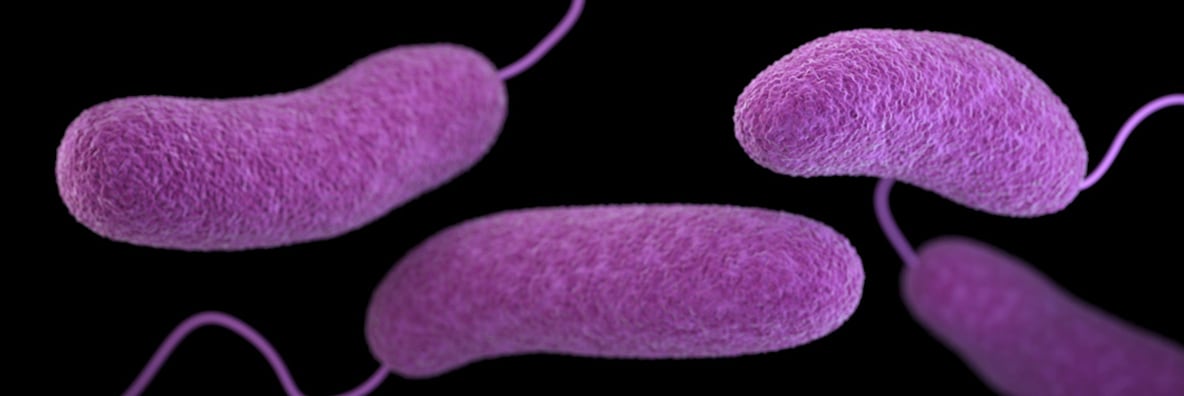
vibrio illness


Vibriosis causes an estimated 80,000 illnesses and 100 deaths in the United States every year. People with vibriosis become infected by consuming raw or undercooked seafood or exposing a wound to seawater. Most infections occur from May through October when water temperatures are warmer.
Symptoms
Anyone can get sick with vibriosis, but you may be more likely to get an infection or severe complications if you have certain medical conditions.
When ingested, Vibrio bacteria can cause watery diarrhea, often accompanied by abdominal cramping, nausea, vomiting, fever, and chills. Usually these symptoms occur within 24 hours of ingestion and last about 3 days. Severe illness is rare and typically occurs in people with a weakened immune system.
Vibrio bacteria can also cause a skin infection when an open wound is exposed to salt water or brackish water. Brackish water is a mixture of fresh and salt water. It is often found where rivers meet the sea.
Diagnosis and Treatment
Diagnosis
A clinician may suspect vibriosis if a patient has watery diarrhea and has recently eaten raw or undercooked seafood, especially oysters, or when a wound infection occurs after exposure to seawater. Infection is diagnosed when Vibrio bacteria are found in the stool, wound, or blood of a patient who has symptoms of vibriosis.
Treatment
Treatment is not necessary in mild cases, but patients should drink plenty of liquids to replace fluids lost through diarrhea. Although there is no evidence that antibiotics decrease the severity or duration of illness, they are sometimes used in severe or prolonged illnesses.